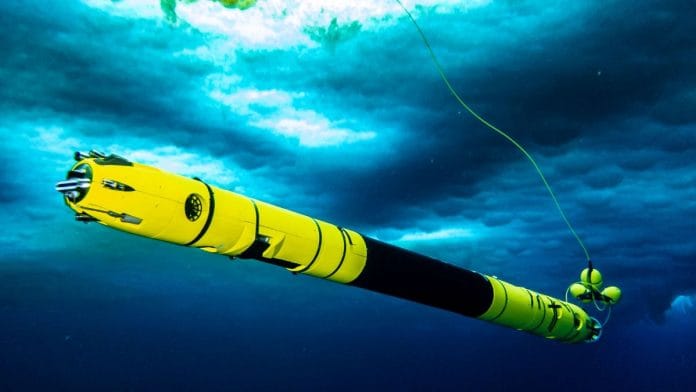Mexico City: Antarctica’s ‘Thwaites Glacier’- nicknamed the ‘Doomsday Glacier’- has warm water seeping into its weak spots and worsening melting conditions caused by rising temperatures, according to two papers published in the Nature journal, showcased on Wednesday.
Thwaites, which is roughly the size of Florida, represents more than half a meter (1.6 feet) of global sea level rise potential, and could destabilize neighboring glaciers that have the potential to cause a further three-meter (9.8-foot) rise.
As part of the International Thwaites Glacier collaboration – the biggest field campaign ever attempted in Antarctica – a team of 13 U.S. and British scientists spent about six weeks on the glacier in late 2019 and early 2020.
Using an underwater robot vehicle known as Icefin, mooring data and sensors, they monitored the glacier’s grounding line, where ice slides off the glacier and meets the ocean for the first time.
In one of the papers, led by Cornell University-based scientist Britney Schmidt, researchers found that warmer water was making its way into crevasses and other openings known as terraces, causing sideways melt of 30 meters (98 feet) or more per year.
“Warm water is getting into the weakest parts of the glacier and making it worse,” Schmidt told Reuters.
“That is the kind of thing we should all be very concerned about,” she said about the findings which underscored how climate change is reaching isolated Antarctica.
The other paper’s findings, which Schmidt also worked on, showed about five meters (16 feet) per year of melt near the glacier’s grounding line – less than what the most aggressive thinning models previously predicted.
But she said the melting was still of grave concern.
“If we observe less melting… that doesn’t change the fact that it’s retreating,” Schmidt said.
Scientists have previously depended on satellite images to show the behavior of the ice, making it difficult to get granular details. The papers represent the first time a team has been to the grounding line of a major glacier, providing a look right where “the action begins,” Schmidt said.
The findings will help in the development of climate change models, said Paul Cutler, program director of Antarctic Sciences at the National Science Foundation. He reviewed the papers, but was not involved in the research.
“These things can now be taken on board in the models that will predict the future behavior, and that was exactly the goal of this work,” he said.
(This story has been refiled to change ‘censors’ to ‘sensors’ in paragraph 4)
(Reporting by Cassandra Garrison; Editing by Helen Popper)
Also read: Meteorite that crashed in Gujarat is rare aubrite, seen in India just once before…






